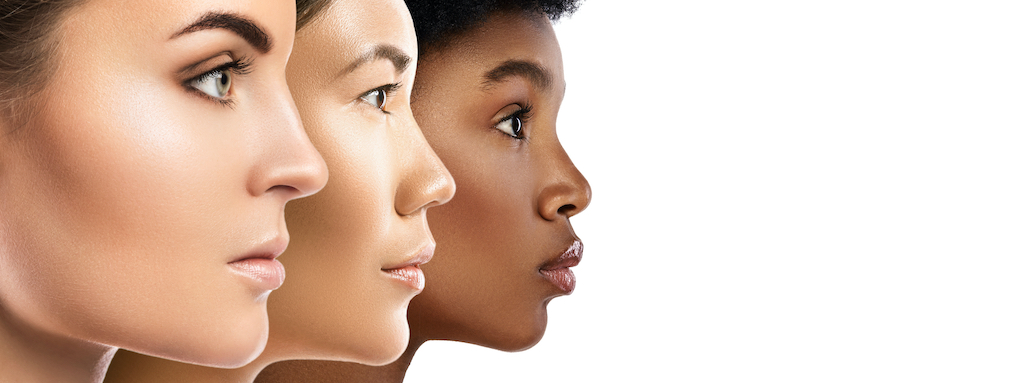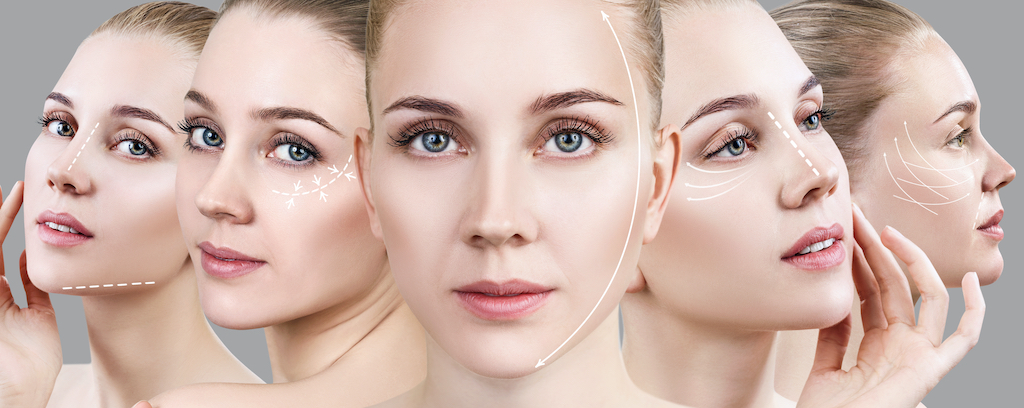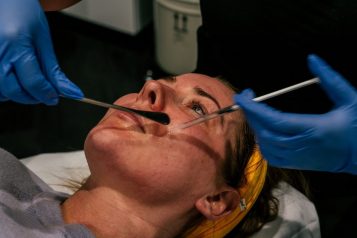Nationally renowned board-certified plastic surgeon, Dr. Jose Rodríguez-Feliz serves local and international clients at his boutique aesthetic practice in Miami, FL. He is one of few surgeons in the United States that after completing his Residency in Plastic and Reconstructive Surgery, pursued further training in Oculoplastic and Aesthetic Surgery under world-renowned plastic surgeon Dr. Mark Codner. This gave him the opportunity of nurturing his passion for form and beauty as well as to earn a specialization in aesthetic eyelid surgery (blepharoplasty), complex/revision eyelid surgery, correction of droopy eyelids (ptosis surgery), facial plastic surgery (e.g. face/neck lifts, nose surgery, ear surgery), non-surgical facial rejuvenation (e.g. Botox/Dysport, dermal fillers), and aesthetic breast surgery (e.g. endoscopic breast augmentation).
Dr. Rodríguez-Feliz has published numerous peer-reviewed articles in some of the industry’s top scientific journals, including Plastic and Reconstructive Surgery®, Annals of Plastic Surgery, Journal of Craniofacial Surgery, and Aesthetic Plastic Surgery. Dr. Rodríguez-Feliz and co-authors were honored with the 2015 Best U.S. Paper Award by Plastic and Reconstructive Surgery®, the premier and most prestigious plastic surgery journal in the world.
Haute Beauty sits down with face expert Dr. Jose Rodriguez-Feliz to learn more about his resurfacing treatments and how they aid the surgical process.
 Photo Credit: Shutterstock
Photo Credit: Shutterstock
HB: What are skin resurfacing treatments like at your office?
Skin resurfacing treatments aim to restore that perfect smoothness, even tone, glowing skin while reducing fine-edged lines on the skin that do not respond well to neuromodulators (e.g. Botox®) or fillers. A facelift will lift droopy deep facial tissues and remove excess skin but will not treat skin quality. Therefore, it is the combination of these treatments that will provide the best overall outcome in facial rejuvenation in patients with moderate to severe aging and sun damage.
When I see a potential patient in consultation for a facelift, it is important to analyze their skin and discuss addressing it at the time of their surgical procedure in order to provide them with the opportunity to achieve the best results. Otherwise, I see it as if we are undertreating the face. Almost like washing your car, but not the wheels.
Some of the most common treatment modalities available for skin resurfacing include: micro-needling +/- PRP (platelet-rich plasma), micro-needling with RF (radiofrequency), chemical peels, and lasers such as CO2 laser, the gold standard of all resurfacing treatments, and my preferred method for moderate and severe sun-damaged skin.
HB: How do resurfacing treatments work?
There are many laser brands that use the gas carbon dioxide (CO2) as their energy medium for skin resurfacing, and although there are some minor differences, the core process is the same. Energy travels through a chamber holding the gas (in this case CO2) which gets excited and produces light that transmits energy to the tissue when it gets in contact. You cannot see the light produced with this laser, but you can see the coagulation and shrinkage of the skin when is in contact with it. In this way, the laser evaporates and heat per layers of the skin removing sun-damaged skin and heating the collagen for stimulation of elastin and collagen.
HB: How do you work with patients to achieve their desired appearance?
I perform my CO2 lasers in most patients as a secondary treatment at the end of my facelifts and/or eyelid surgeries. Most patients elect to do their full face, on many occasions also adding their necks, and décolletage area. It takes an additional 15-30 minutes depending on the areas treated. It is preferred to treat the whole face rather than just the perioral or just the lower lids because there is less chance of having demarcation between the treated and untreated areas.
It is important to understand that a facelift will remove excess skin and help restore droopy deep facial tissues but will not do anything for fine lines nor sun damaged skin. Patients do not know this, and it is
our goal during that initial visit to explain it to them otherwise we are preventing them from getting the best possible outcome.
Although the downtime for a facelift using a deep plane technique can be as low as 5-7 days, when we do resurfacing with a CO2 laser the recover is longer (10 to 14 days) as they will need additional time for peeling, shedding of the treated skin, and formation of new skin. The post-treatment regimen is extremely important and includes the daily use of moisturizing and calming ointment type skin applications. In my practice, I recommend Phyto Corrective Masque from Skinceuticals® at least three times per day until re-epithelialization. Sunblock is very important as well during the post-treatment period. A gentle face wash mixture consisting of water and white vinegar works great to avoid any stinging while healing. I recommend avoiding any abrasive skincare (e.g. retinoids, vitamin c, hydroquinone, glycolic acid, etc.) for at least 7-10 days. After re-epithelialization, then we start to introduce hydroquinone to prevent post-treatment hyperpigmentation and slowly resume their routine skincare regimen.
 Photo Credit: Shuttetstock
Photo Credit: Shuttetstock
HB: Does this require more than one treatment?
For most patients, one treatment is enough to see a significant improvement and achieve a more even skin tone, thicker and smoother skin. In my experience, the décolletage area must be re-treated again when there is moderate to severe sun damage after 3-6 months from the initial treatment.
HB: Are results permanent?
I do not like to use the word permanent when talking about results in plastic surgery as the aging process is not an absolute but continuous process. We can delay it but never stop it. That being said, the results achieved with CO2 laser skin resurfacing are long term and will show on your skin for years if you continue to take care of it with a daily routine. There are many patients that elect to resurface their skin once a year and I prefer to do this after the summer ends. In sunny South Florida, the best months for C02 laser resurfacing are from September to April.
In summary, no facelift or eyelid surgery consultation is complete without discussing the skin. Skin resurfacing with CO2 in the operating room will improve the outcomes of other surgical procedures.
For more information, visit Dr. Brian A. Levine's social media:

























